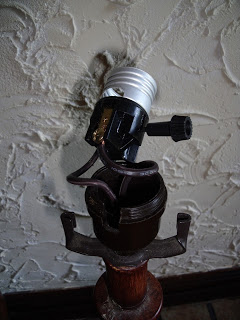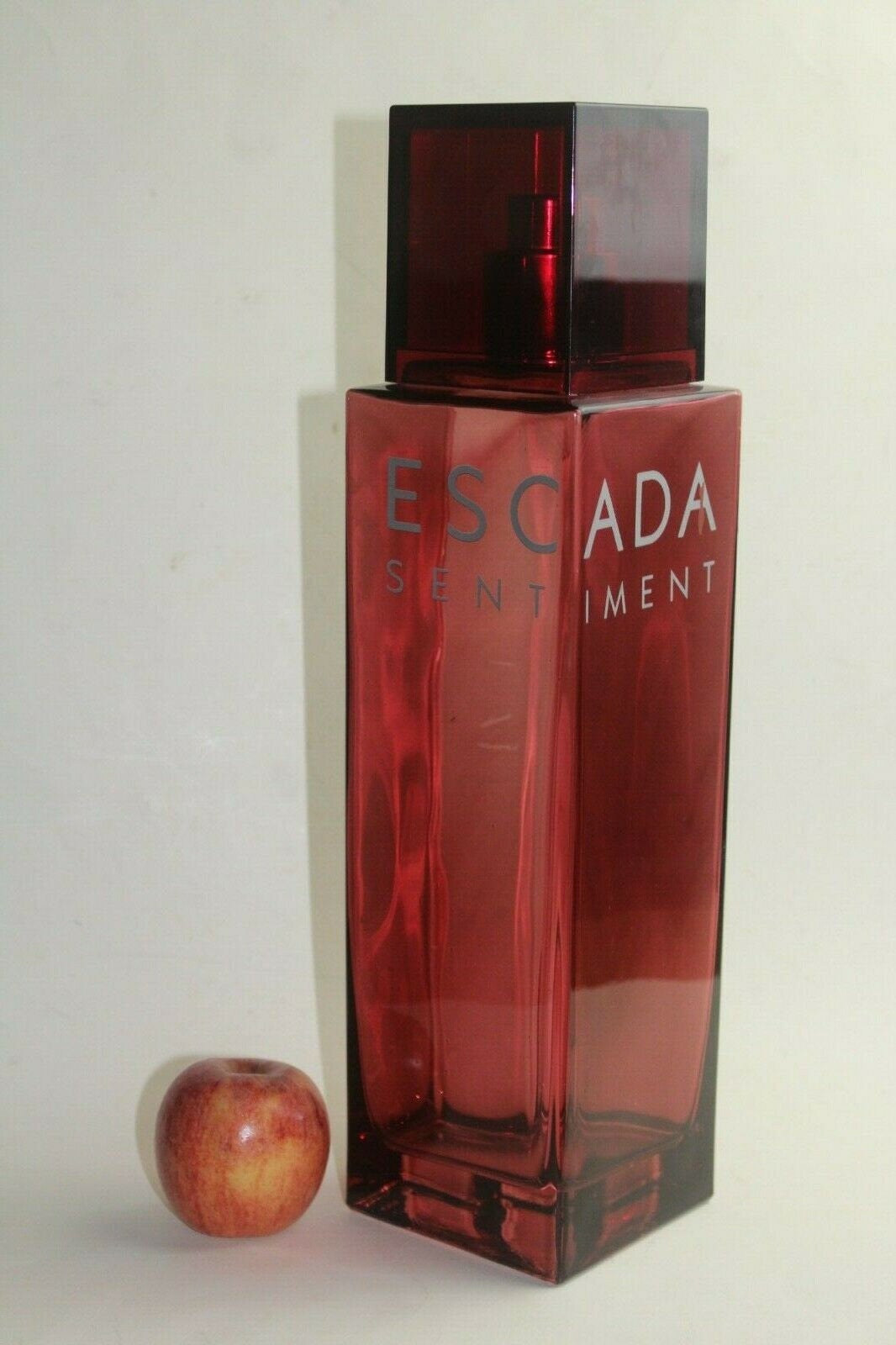This sounds like a plot from a book or even a movie, but this actually happened with the banking system. During the early 1800’s, the banking system was not as safe as it is today. The banks would go out of business almost as fast as they would open their doors for the first time.
When a bank opened, they were allowed by the United States Government through a charter to print their own paper money. This was to help the country get the monetary system up and running.
But when a bank went out of business, the money that it produced became worthless. With the country being on the gold and silver standard at the time (which means paper money could basically be traded in for silver or gold coins that equaled the face value of the paper money), it was impossible to take the worthless money in to redeem it.
So how did businesses and other banks know that a bank had gone out of business? The most common method was to check a list of out-of-business banks, which were also called “broken banks.” The list was updated, but it did take time to get it out to everyone. The main problem that people faced is that banks folded after the list was updated, leaving some businesses with worthless money in exchange for goods and services.
Because it was so problematic, the banking system stopped printing money—it became the job of the BEP (which is the Bureau Of Engraving And Printing). This early form of printing paper money created two types of collectibles—“Broken Bank” Notes and Obsolete United States paper money!
Have you ever run across this type of paper money?











